Lucia
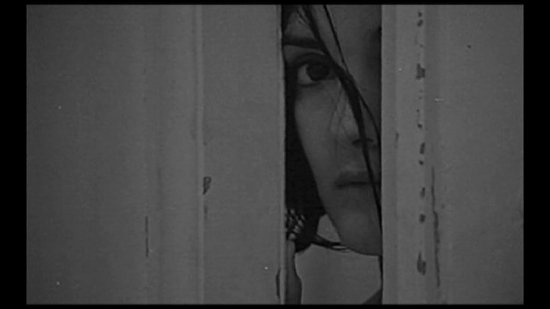
Cuban filmmaker Humberto Solas was only 26 when he directed Lucia. It is a tri-part revolutionary feature about overcoming imperialist politics. It is also a realistic depiction of romance under threat by conflict, dictatorship and repression. It explores three social and cultural classes during Cuba's turbulent history: upper, middle and working. The first mini-movie examines the independence war against Spain in 1895, the second, the Machado authoritarianism in 1933 and the third, the post revolution era of the 1960s. All three protagonists are female. Their names are Lucia.

Referred to as Cuba's Gone with the Wind for its sheer scope, Lucia was a landmark in New Latin American cinema in 1968. Each segment is radical in style and content. They are potent political documents. To put it simply, a militant punch in the face. In a country that has dealt with its fair share of chaos, disorder and mayhem, Lucia is naturally bleak. It focuses on the turmoil of Cuban identity in the shadow of Spain, Fascism and Americanisation.
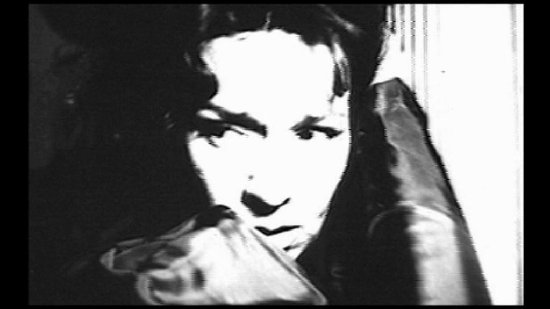
Even though Lucia is not a horror film, it focuses on the same thematic and stylistic concerns as George Romero's Night of the Living Dead. As both films came out in 1968, you can see the contemporary social issues etched into their visuals. Like the numerous race riots in the 60s, JFK's death, 60s counter-culture and people like Fidel Castro and 'Che' Guevara. All of this helped to inform their revolutionary style and fervent approach. Because of this Lucia is one of the darkest, most despairing (yet uplifting) horror films committed to celluloid.
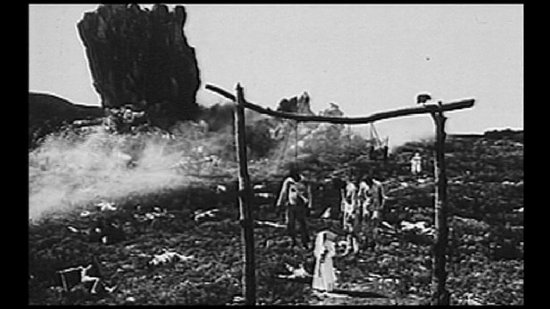
This is ultimate realism. The stark black and white photography throughout Lucia gives it a documentary edge. It looks and feels like unrefined news footage filtered through the eyes of a radical filmmaker. This is why its worlds apart from the generic classical style of Hollywood. You feel its experimental free-flowing avant-garde rawness. The hand-held camera is fluid and lyrical, like a ghost floating through the landscape. The harrowing and intimate imagery of Lucia with its disjointed close ups will stay with you long after the film has finished.
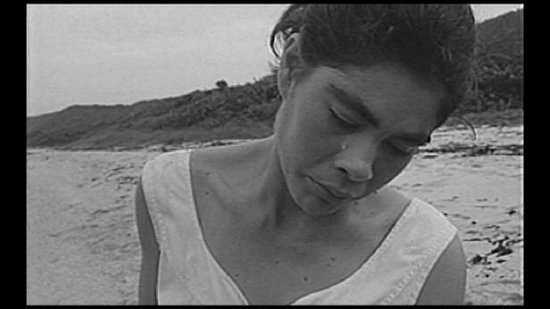
Lucia contains some of the most brutal sequences of conflict, dictatorship and repression. It reflects the true nature of personal conflict during social conflict. Who needs unrealistic macrocosmic visions of social unrest when you can watch microcosmic visions of personal unrest?
Stylistically, Lucia is similar to the films of French New Wave director Jean-Luc Godard and the Italian Neo-Realist films of Vittorio De Sica.
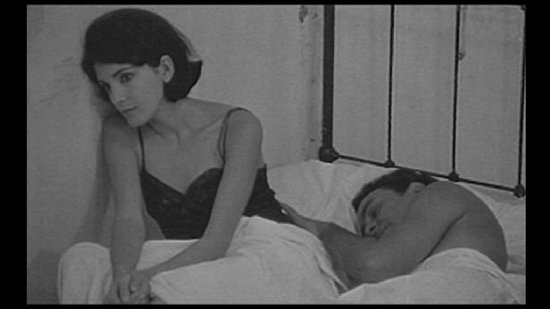
Disc: Besides releasing Satyajit Ray films on DVD, Mr Bongo Films also specialise in titles like 50 Years of Cuban Revolution. They are a wonderful DVD label dedicated to releasing world cinema titles.
Special Features: Even though the release of Lucia lacks special features its well worth buying this 160min movie for £6.99 from a certain DVD supplier.
Verdict: Three diverse cinematic styles of filmmaking bring together three distinct stories, set during three distinct periods with three distinct women from three distinct social and cultural backgrounds. Lucia is a fervent tour-de-force filled with revolutionary style and revolutionary content - it is an excellent companion piece to George Romero's Night of the Living Dead.

Your Opinions and Comments
You're probebly the first to make this unusual parallel but I'll wager you won't be the last. Great review!